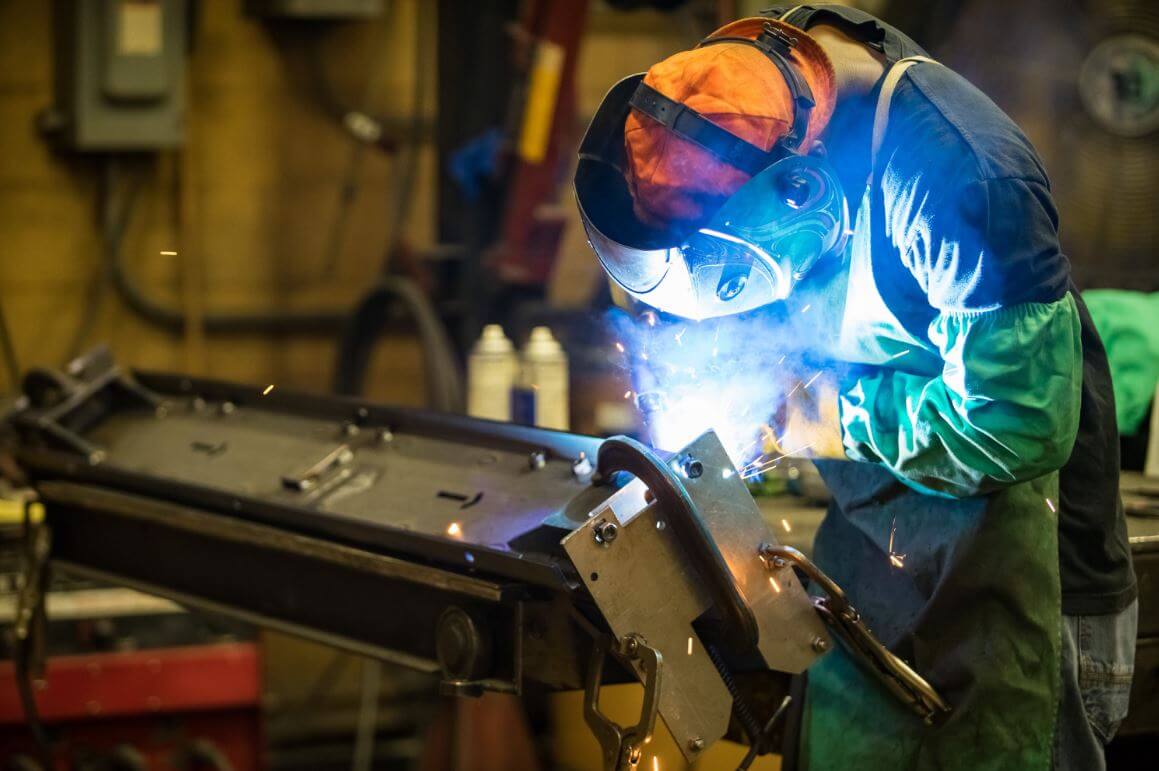

The ISO 9015-1 standard, developed by the International Standards Organization (ISO), describes a hardness testing method for determining the strength of welds applied to metallic materials. This standard was published in our country by the Turkish Standards Institute with the following title: TS EN ISO 9015-1 Destructive tests on welds in metallic materials - Hardness test - Part 1: Hardness test in joints with arc welding.

The ISO 9015-1 standard describes hardness tests on the cross sections of arc-welded joints of metallic materials and includes Vickers hardness tests. However, the principles can also be applied to the Brinell hardness test. Testing should be done to ensure that the highest and lowest hardness degree of both base metal and weld metal are determined.
In general terms, hardness is a quality that expresses the material's resistance to plastic deformation. In order to determine the degree of hardness of a metal material, generally cone, pyramid or sphere-shaped tips are applied to the sample surface, then the size or depth of the notch formed on the sample surface is evaluated and the hardness value of the material is determined. Different standard test methods are applied to establish the connection between sertil and notch size. The most important of these are Brinell, Rockwel, Vickers and Knoop methods.
The same test methods are preferred for the hardness tests applied in the welding areas on the material. In the destructive hardness tests applied on the welding zone, the strength of the welding zone to withstand plastic deformation is determined. For the tests, the welding area must be a clean, dry, smooth and non-oxidized surface, the surface must be flat and perpendicular to the recess, and the gap between the recesses must be 3 to 5 times the recess diameter.
Among the services provided by our organization within the framework of metallic testing services, there are also ISO 9015-1 standard tests.
To get an appointment, to get more detailed information or to request an evaluation, you can ask us to fill in our form and reach you.